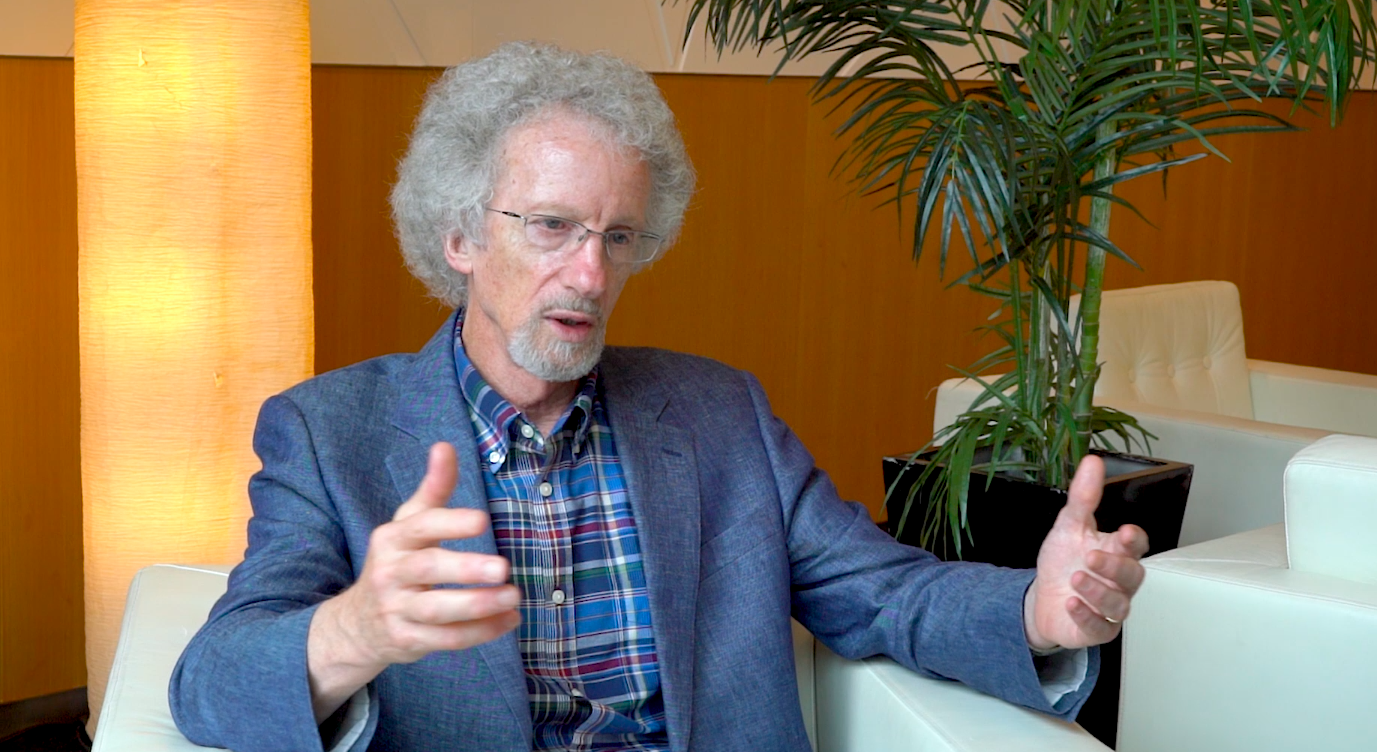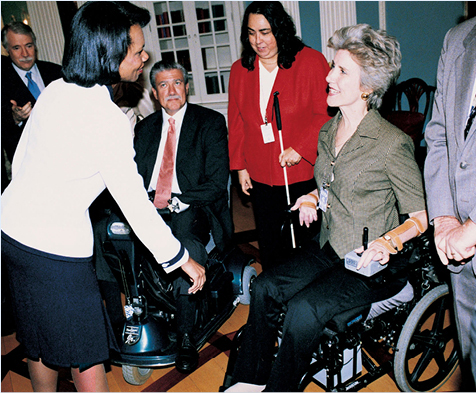Where is God when it hurts? Philip Yancey has changed his question of pain after 40 years
by Tan Huey Ying // February 5, 2020, 1:08 am

"We can't control pain and suffering. What we can do, however, is ask for help in our response – and that is something that we can pray for and, as a church, work toward," says author Philip Yancey. Photo by Patrick Khoo for Salt&Light.
More than 40 years ago, a 28-year-old journalist wrote and published a book entitled Where is God when it hurts? The book was an in-depth “process of exploration and investigation” of pain and suffering, a product of Philip Yancey’s struggle with a topic that the young man could not find answers to.
It was also the book that made Yancey an award-winning author. He has since written over 20 titles and sold more than 15 million books.
Since then, Yancey has addressed survivors of various traumatic events, disasters and tragedies – ranging from mass school shootings like Columbine (1999), Virginia Tech (2007) and Sandy Hook (2012), to the Japanese tsunami in 2013.
He has even had his own brush with death after a major car accident in 2007. As the title of one of his latest books, published 37 years later, says, the problem of pain is The Question That Never Goes Away.
In an hour-long interview with Salt&Light, the soft-spoken author shared his most pertinent observations about the problem of pain:
It has been more than 40 years since you first tackled this question in your book, Where Is God When It Hurts? How has your perspective of suffering changed since then?
The concept of suffering that means most to me is the concept of redeemed pain.
“Redeemed pain can be more impressive than removed pain.”
Redeemed pain can be more impressive than removed pain. We always want God to remove our pain, but it doesn’t usually happen.
Early on, I was obsessed with the question of God’s involvement in all this. And I concluded it’s a dead-end question. We can’t really know the answer to that. The more and more I looked at the Bible, the more I realised the Bible doesn’t answer it.
The Pharisees kept trying to pin Jesus down but Jesus never answered their questions.
What does the Bible say then?
I’ve often wondered, why doesn’t the Bible give us a clearer explanation at some point? The apostle Paul tackled major issues. Why didn’t he write just one letter to a church that was really going through suffering and answer that question?
It is not so much the question of “why”? It’s the question of “to what end”?
But he did. Paul often talked about the good that can come out of it.
Romans 8 is my favourite chapter. Because it talks about how God can redeem. In Paul’s experience, he went through a lot of suffering – shipwreck and snake bite and torture and prison. But yet, he concluded, in all these things God can use them for my good. (Romans 8:28)
Every major passage in the New Testament on suffering talks about patience and hope and perseverance and all these good things – that’s redeemed pain.
It is not so much the question of “why”? It’s the question of “to what end”?
What is redeemed pain?
When the disciples asked Jesus about the blind man (who was born blind), He said: “This was done so that the works of God may be manifest in him.” (John 9:3)
Sometimes I think – very rarely, as in the case of the man born blind – the works of God can be manifest in the miracle of healing. More often, it is parents who live with a disabled child. And it’s a long and difficult road.
But there are people like Joni Eareckson Tada*: August 2019 was the 40th anniversary of her disability ministry.

Joni (in wheelchair) campaigning for disability rights in the United States. Photo via Joni and Friends media.
I remember interviewing her almost 40 years ago. I was working for a youth magazine, Campus Life, and Joni was still a very young person. She had no idea what her future would be like.
She was still hurt, and depressed, and upset, and angry, and ashamed. But now she looks back and says: “The best thing that ever happened to me was when I broke my neck diving.”
“I’m leaving a legacy of calling the church to care for the disabled in a way they never had before.”
I can’t say that about Joni, she said that about her own life.
She says: “If the accident hadn’t happened, I would have just been a normal, suburban mother and wife with a minivan and several horses. But now my life has meaning and purpose. I’m leaving a legacy of calling the church to care for the disabled in a way they never had before.”
When you see what she goes through, just to get through a day, that’s a remarkable statement!
And that’s a beautiful example, to me, more impressive, of “the works of God being made manifest” than if Joni had been healed.
You started with the problem of pain, but now you focus on the redemptive aspect of it?
The more I think of it, the more I think that (this question of pain) didn’t really occur to the Bible writers because they assume that this planet is invaded by evil.
They saw these two great forces, of evil and of good. And, when something bad happened, they automatically assumed: “Well, God is as displeased with this as I am.”
“To judge God by (disasters) … is to judge God by a beautiful work of art that has been spoiled by a graffiti artist.”
This is a planet that is incomplete. It does not operate according to the rules that God had in mind at creation – which is life that was flourishing not full of pain and suffering.
To judge God by these kinds of things that happen – even a natural disaster like the tsunami – is to judge God by a beautiful work of art that has been spoiled by a graffiti artist.
The one book of the Bible that fixates on that very issue (of pain) is the book of Job. But, again, God doesn’t answer Job’s questions.
It’s almost as if God is saying: “That’s My realm. That’s such a huge realm, you couldn’t possibly understand it.”
The emphasis is: We can’t control it. What we can do, however, is ask for help in our response – and that is something that we can pray for and, as a church, work toward.
There is no way anyone would wish that the Columbine event happened, or the tsunami, or so many of these tragedies. But yet, once they have happened, we have a choice: We can either become resentful and demoralised, or we can look for ways to be resilient, and to create something meaningful and even beautiful.
*Note: Joni Eareckson Tada broke her neck in a diving accident when she was only 17 years old. She eventually started Joni and Friends, a disability ministry that now has international impact.
“We miss him fully, but we don’t grieve as those who have no hope”: Parents of Baby Emme
We are an independent, non-profit organisation that relies on the generosity of our readers, such as yourself, to continue serving the kingdom. Every dollar donated goes directly back into our editorial coverage.
Would you consider partnering with us in our kingdom work by supporting us financially, either as a one-off donation, or a recurring pledge?
Support Salt&Light


